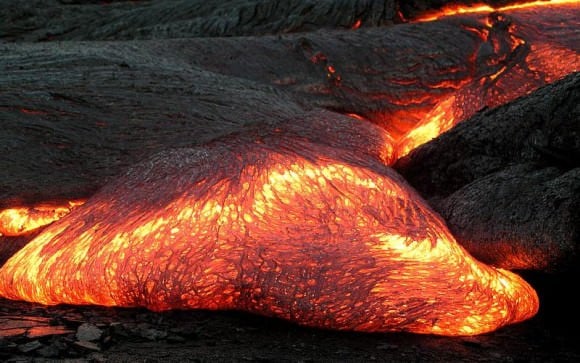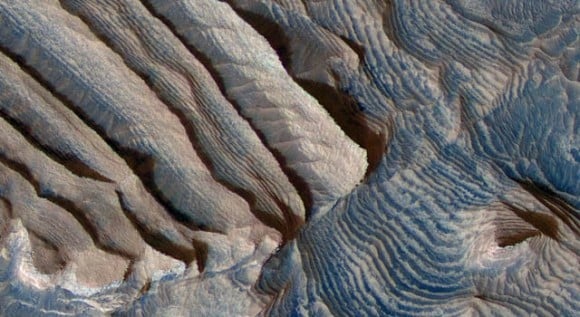As a terrestrial planet, Earth is divided into layers based on their chemical and rheological properties. And whereas its interior region - the inner and outer core - are mostly made up of iron and nickel, the mantle and crust are largely composed of silicate rock. The crust and upper mantle are collectively known as the lithosphere, from which the tectonic plates are composed.
It in the lithosphere that rocks are formed and reformed. And depending on the type of rock, the process through which they are created varies. In all, there are three types of rocks: igneous, sedimentary, and metamorphic. Each type of rock has a different origin. Therefore, the question, "How are rocks formed?" begs three distinct answers.
How Are Igneous Rocks Formed?
Igneous rocks are formed when melted rock cools and solidifies. Melted rock may come in the form of magma, when it is found underneath the Earth's surface. It can also come in the form of lava, when it is released unto the Earth's surface during a volcanic eruption. Some examples of igneous rocks are granite, scoria, pumice, and obsidian.
[caption id="attachment_123930" align="aligncenter" width="580"]
Igneous rock (aka. "fire rock") is formed from cooled and solidified magma. Credit: geologyclass.org
[/caption]
Pumice, for instance, is formed when lava made up of melted rock, water, and trapped gas is ejected from a volcano during a violent eruption. As the ejected material undergoes very rapid cooling and depressurization, some of the trapped gas escape, leaving holes and gas bubbles on the solidified material.
How Are Sedimentary Rocks Formed?
Sedimentary rocks start forming when soil and other materials on the Earth's surface are eroded and finally settle down, forming one layer of sediments. As time passes, more and more materials get eroded and settle on the older layers. Thus, layer upon layer is formed. The lower layers undergo intense pressure due to the weight of the upper layers, eventually evolving into rocks.
Some examples of sedimentary rocks are sandstone, limestone, shale, conglomerate, and gypsum. Sandstone, for instance, is a result of depositions of sand from beaches and rivers. You can find them mostly in deltas, since this is where the rivers flow into the ocean.
[caption id="attachment_21951" align="aligncenter" width="580"]
Rhythmic bedding in sedimentary bedrock within Becquerel crater on Mars, suggested by the patterns in this image from NASA's Mars Reconnaissance Orbiter. Credit: Image credit: NASA/JPL-Caltech/University of Arizona
[/caption]
How Are Metamorphic Rocks Formed?
To metamorphose or simply to morph means 'to change in form'. Metamorphic rocks are actually products of rocks that have undergone changes. Thus, a metamorphic rock may have originally been an igneous, sedimentary, or even another metamorphic rock. The changes occur when the original rocks are subjected to extreme heat and pressure beneath the Earth's surface.
They may also occur when the the original rocks are caught in the middle of two colliding tectonic boundaries. Some examples of metamorphic rocks are marble, slate, schist and gneiss. Marble, for instance is the result of the metamorphism of limestone and dolostone. When limestone metamorphoses, its calcite grains grow and interlock with one another. As such, marble is denser and harder compared to limestone.
We've written many articles about rocks here in Universe Today. For example, here's
Igneous Rocks: How Are They Formed?
,
What Are The Earth's Layers?
,
What is the Earth's Mantle Made Of?
,
After 40 Years Moon Rocks Still Revealing Secrets
,
Two New Kinds of Moon Rocks Found
,
Rocks From Mars
.
For more information on Moon Rocks, check out NASA's
Earth Observatory.
Astronomy Cast also has some interesting episodes on the subject. Here's
Episode 113: The Moon - Part I
and
Questions Show: Shooting Lasers at the Moon and Losing Contact with Rovers
 Universe Today
Universe Today


